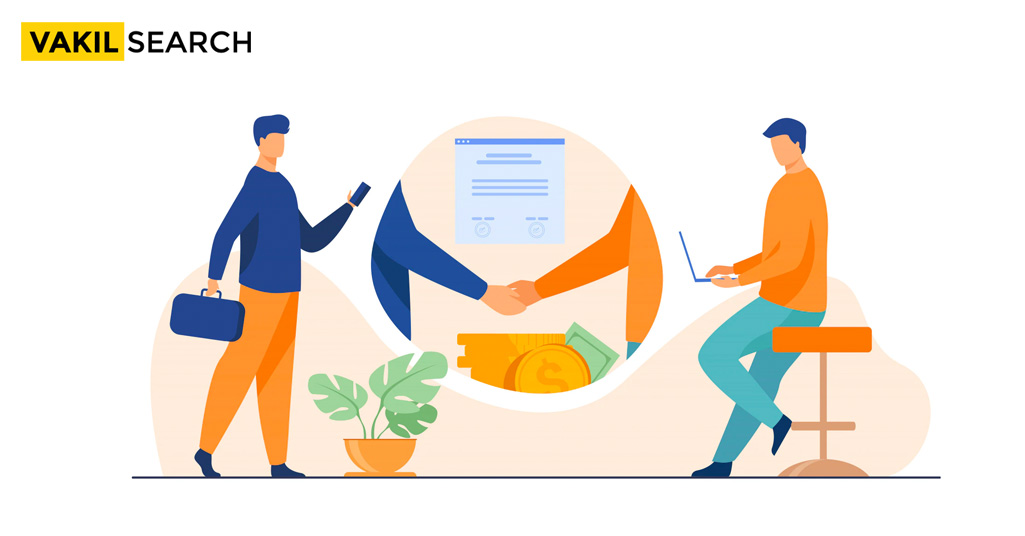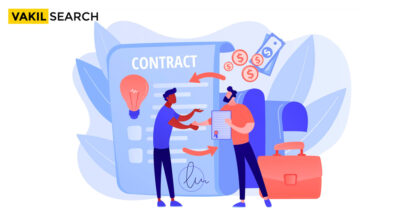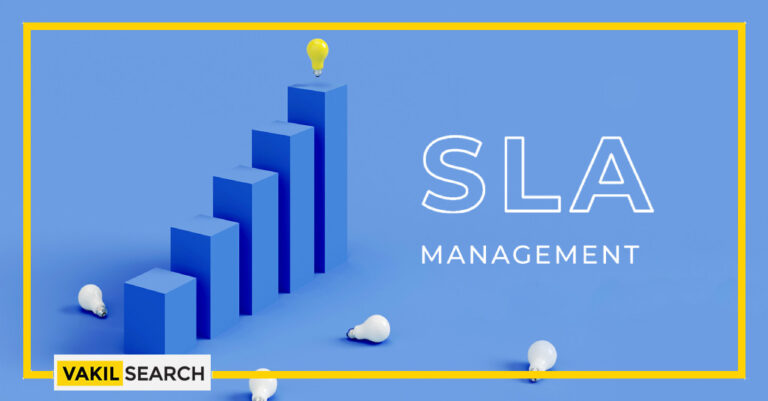The blog takes the readers through to make them understand the process of preparing a service level agreement in terms of internal and external stakeholders. It signifies the importance of such legal documents being drafted under specific business conditions.
Introduction
A Service Level Agreement (SLA) is a valid contract or an agreement that defines the pattern of service being provided to the consumers across markets. It covers one service approach and is specifically drafted concerning the business requirements.
For instance, a service-level agreement can be referred to generate or address a customer-level query. This is because, concerning the nature of the customer query, the clause about the service level agreement remains the same. Therefore, any service level agreement can define the quality or the gamut of services the brand provides at any given time, in a given context.
Why Are Service Levels Agreement Important?
Such agreements are important concerning any service-based business operation, for that matter of fact. A service level agreement primarily defines a particular pattern of service expected from third-party service providers. By the term third-party service providers, we mean several businesses or associated parties. This includes vendors and distributors as well. However, a service level agreement can be about the external and internal stakeholders. At the same time, experts reveal that service level agreements clearly spell out the penalties associated with failure of service patterns concerning desired business outcomes.
What Is an Internal SLA at the End of the Day?
An internal service level agreement concerns the internal stakeholders. It is an agreement between the business service provider and an internal stakeholder. By the term stakeholder, we mean anyone serving the organisation in any form or the other. It takes into consideration the employees, for that matter of fact.
How Is an Internal Sla Different From That of an External Sla Within the Context of a Business
Only the stakeholders differ in terms of providing service. Simply put, any particular service level agreement might address the issues related to consumer service. In this case, we call it an external SLA. However, any business organisation can have a similar agreement in case of service patterns applicable to internal customers. Internal customers are employees within the given organisation.
Why Are SLAs Considered to Be a Critical Component in Any Business?
An SLA can be understood to be a critical component when it comes to outsourcing services. Therefore, an internal SLA can govern the rules and guidelines for a so-called technology vendor who shares the technology within the organisation. Most of the experts related to the service industry acknowledge that an SLA can provide possible remedies while addressing business requirements that matter of fact.
What Are Key Components to Be Considered While You Make an SLA?
Any particular SLA shall contain two components given as follows:
- Services
- Management
Service elements include the specific terms and conditions related to a service pattern. It considers certain available conditions while providing service within a stipulated framework. A so-called ‘time window’ is considered for a particular level of service. Service level agreements are abided by the following:
- Prime Time is associated with the rendering of service
- Non-prime time or the time related to secondary service being provided in a given context. For instance, while a refrigerator is being delivered to a customer, one mechanic might be asked to go and give a product demonstration as concerned.
- An SLA takes into account the responsibilities of the concerned service provider, terms and conditions governing failure of service, as well as the trade-offs associated.
- Inclusion of management elements is done with standards of measurement of service metrics. It also considers the methods of service delivery coupled with the reporting processes within the organisational framework.
- Exclusive clauses are included to identify processes related to third-party litigation as and where concerned.
Experts who continuously draft such legally binding documents do agree that revision of such clauses is required based on the changing business context. Such changing contexts do include changes in vendor capabilities as and how concerned or changes in the pattern of service requirements.
Is the Indemnification Clause Applicable to Slas Within a Business Context?
An indemnification clause is understood to be an important part of the SLA. It creates a shield for the customer to take care of the fact that there is any breach of service agreements. This means that the customer is well protected in case of any losses, and the business or the service provider is bound to pay the penalty if it fails to fulfil the service requirements as mentioned. Since the document is legally binding, it is important to appoint legal personnel to draft the required clauses.
Is the Legal Document Transferable?
It is important to note that the document concerning the service level agreement is legally binding. Therefore, it considers the legal contexts applicable in the given context and within a particular market of operation. Therefore, it is important to note that the legal agreement may not be transferrable under changing business and market circumstances. Legal experts formulating such documents request the business owners to make no assumptions while drafting the document. At the same time, the pros and cons of each level of service should be considered to fulfil the given business requirements.
Can a Customer Verify Service Levels Mentioned Within an SLA?
Most customers check and verify the terms and conditions mentioned concerning the quality and pattern of services being provided. However, one should consider certain limitations, and legal personnel can be involved in the verification process.
Conclusion
Service Level agreements are important, legally binding documents prepared by the necessary service provider. Since the document remains to be legally binding, a whole gamut of business conditions is imposed.
It is interesting to note that such documents can be drafted for internal and external stakeholders as well, while the meaningfulness and context of content can change with respect to the business requirements. It is interesting to note that SLAs are to guide a customer in terms of expectations being looked at while paying for purchased services.
Also, Read:










